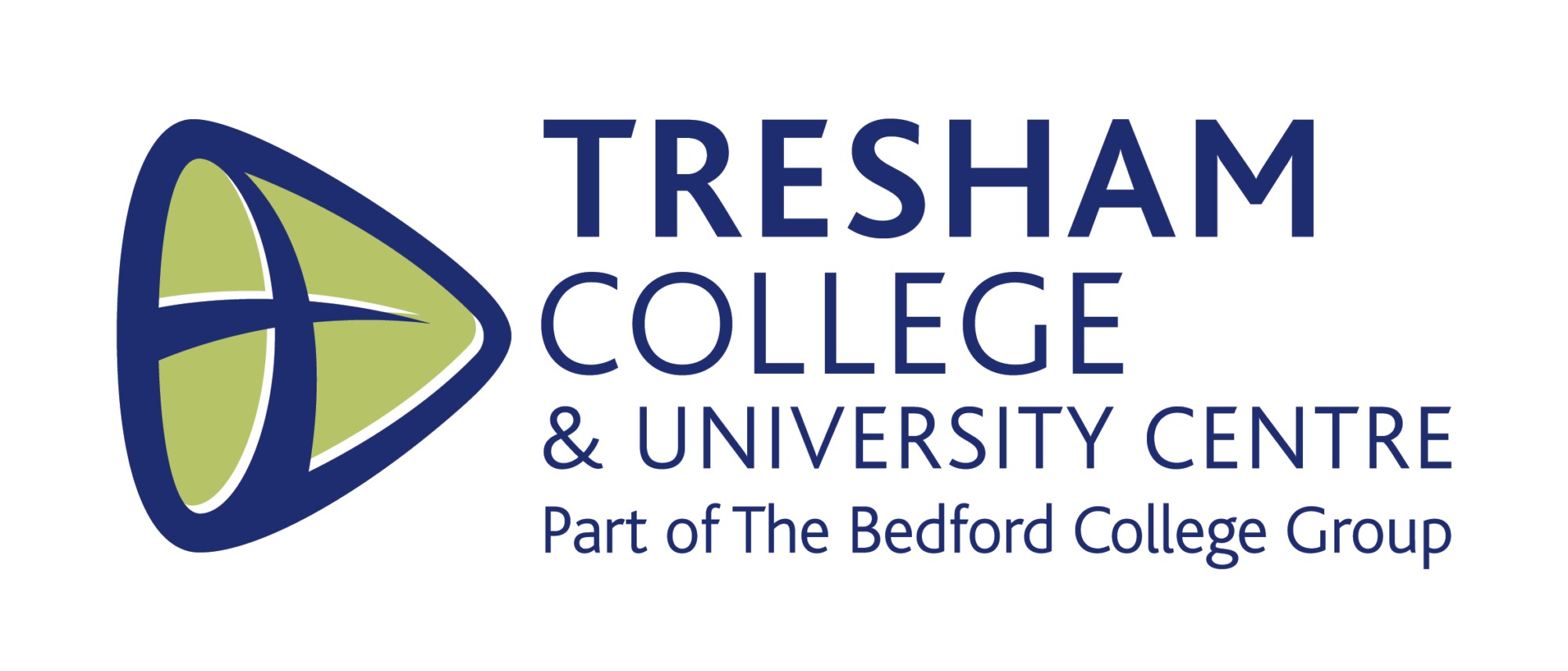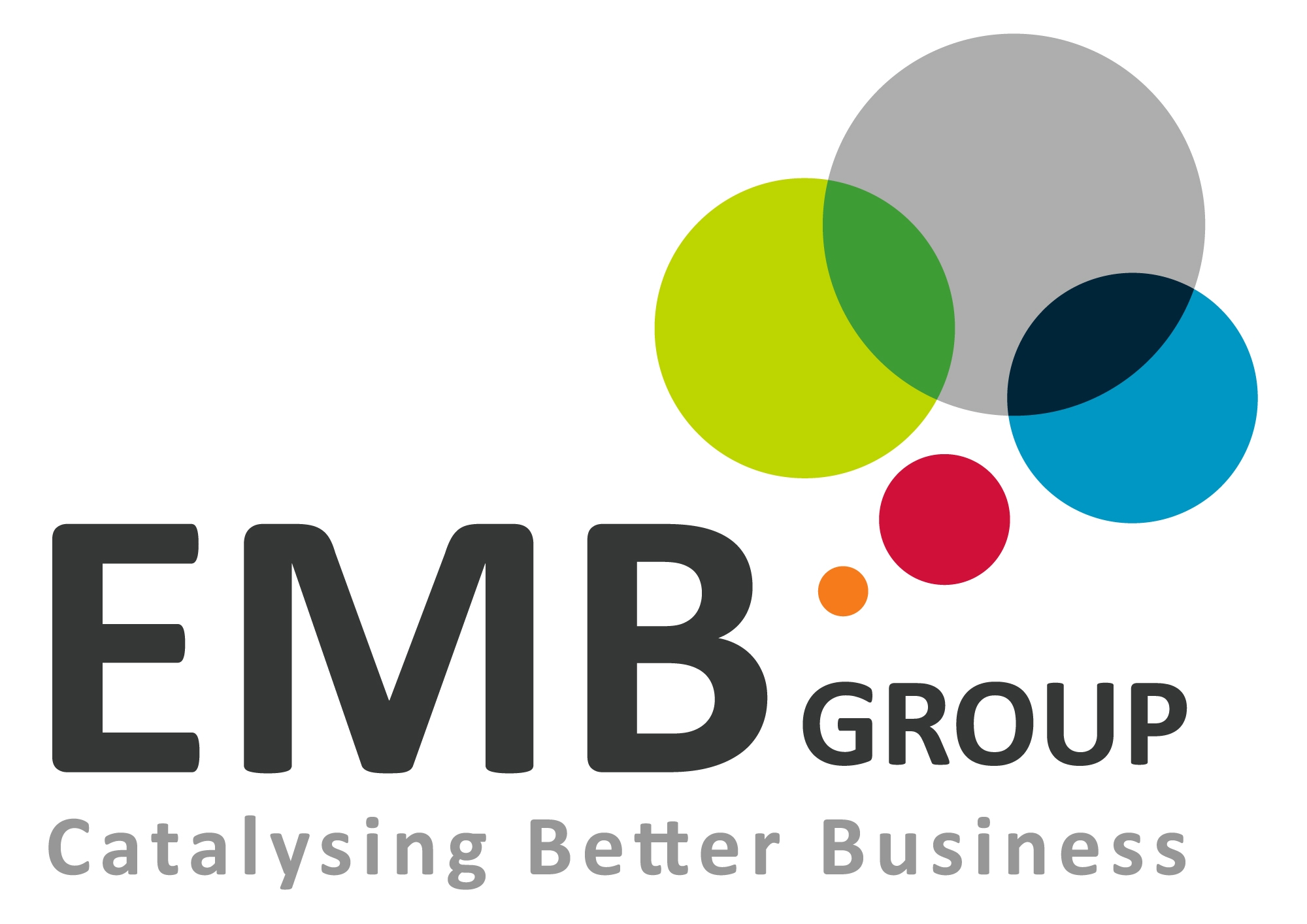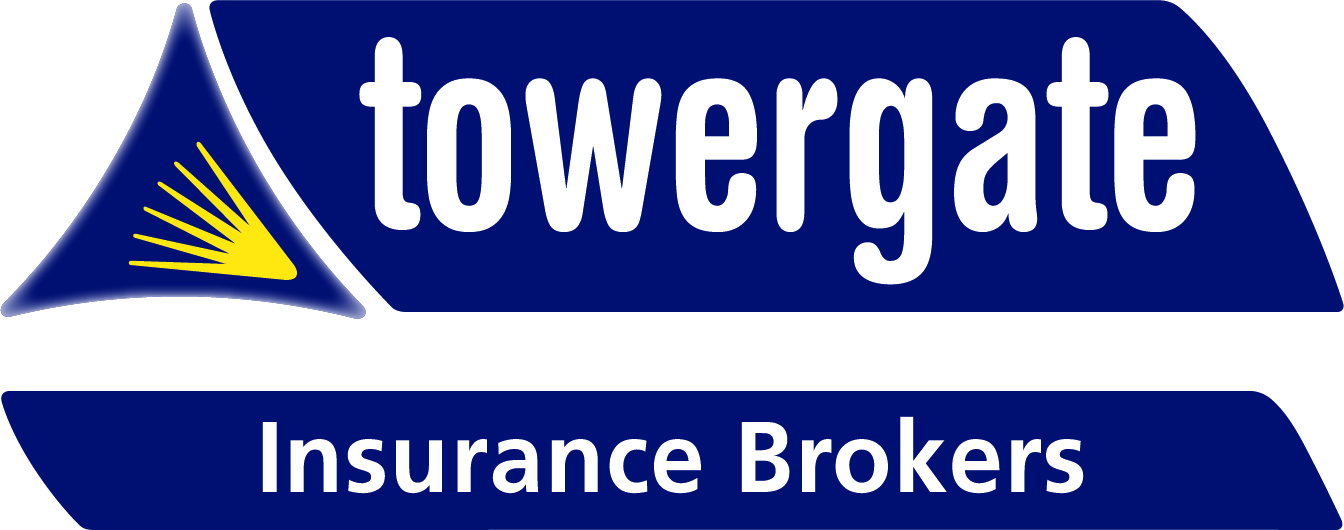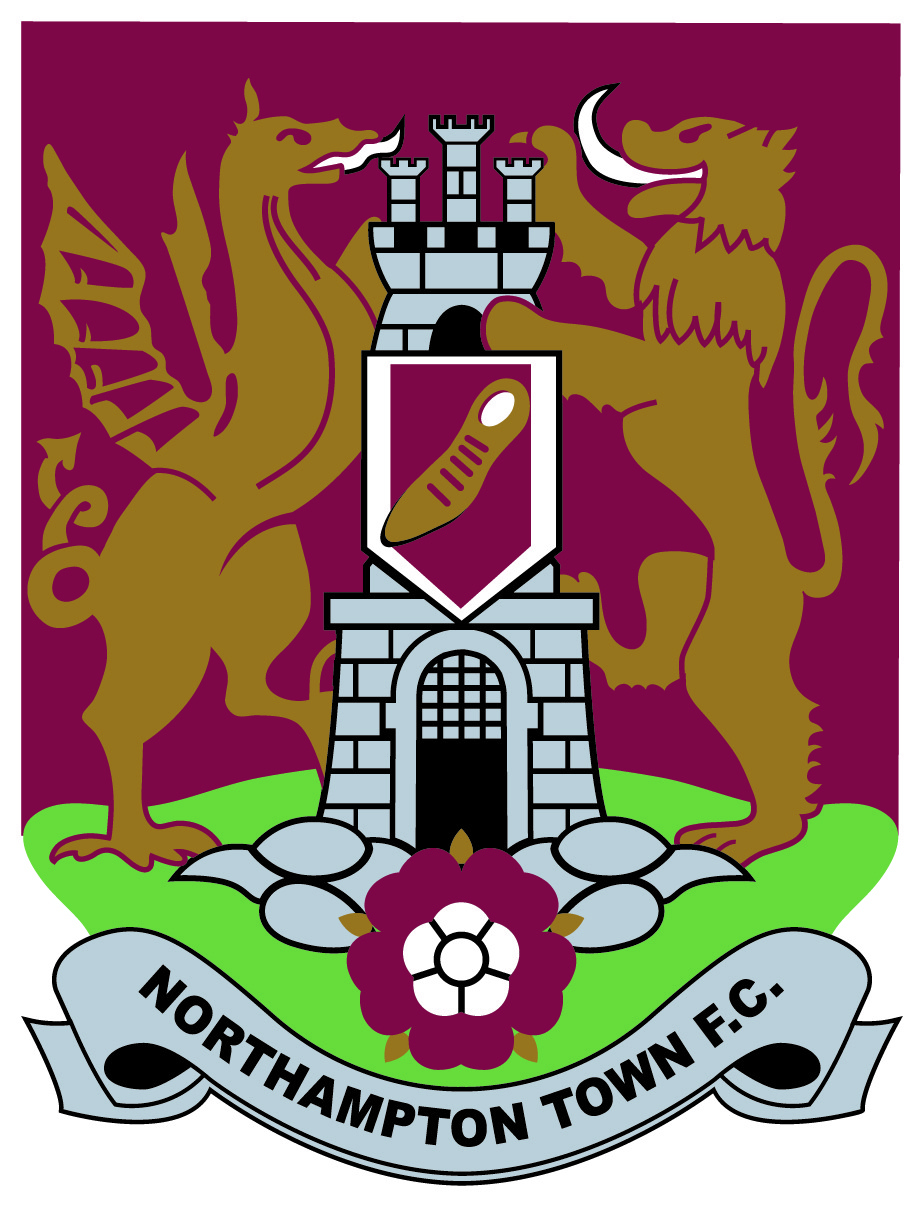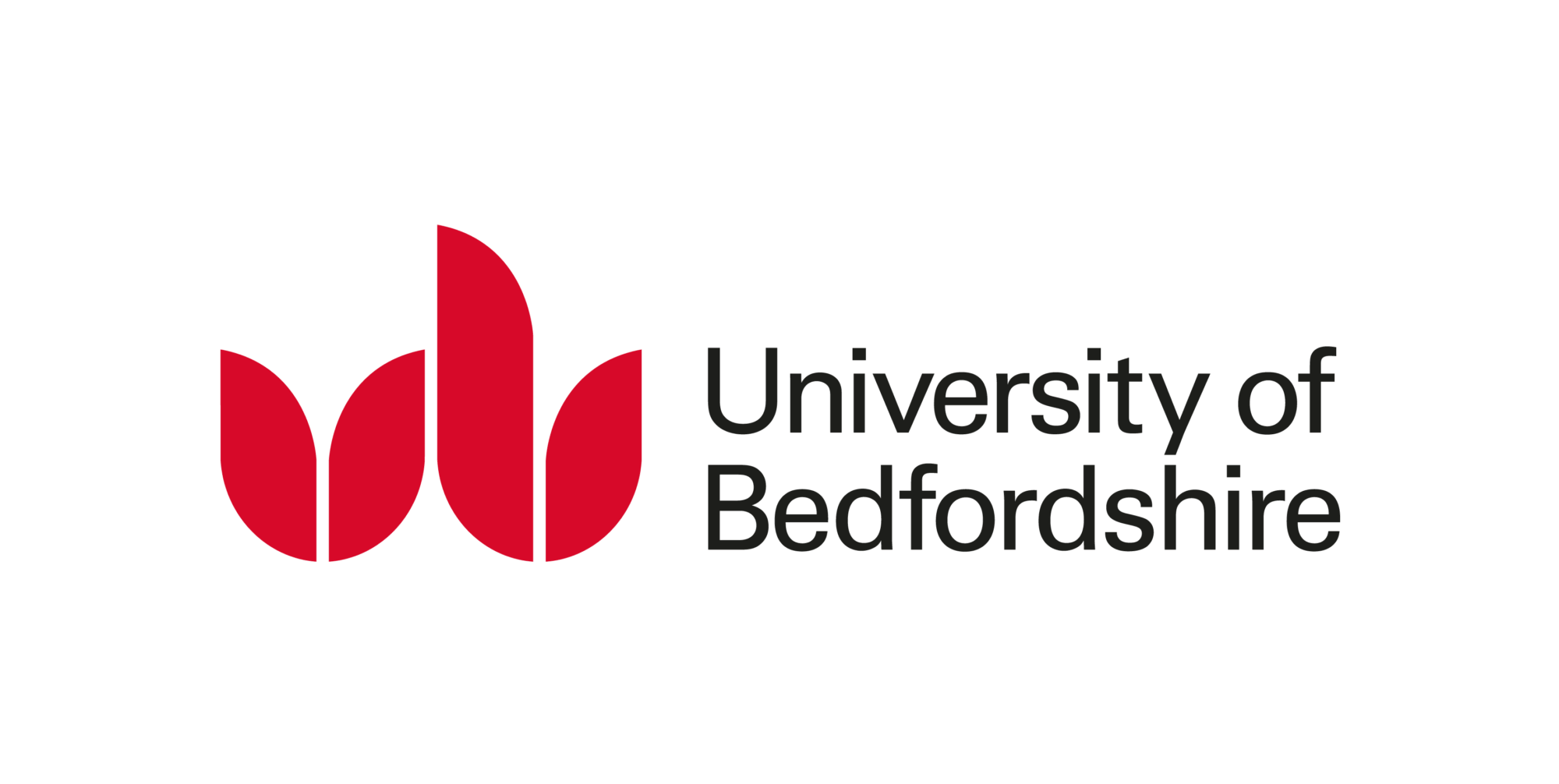

Tender Programming: What It Is and Why It Matters
In the high-stakes world of construction, much of the spotlight falls on design brilliance and competitive pricing. But behind the scenes, a different kind of blueprint is quietly shaping the outcome — the tender programme.
Often overlooked outside the planning and project management circles, tender programming is a foundational element of pre-construction strategy. It’s where methodology meets feasibility, and where a contractor first signals how they intend to bring a project to life.
What Is a Tender Programme?
A tender programme is a strategic schedule submitted as part of a contractor’s tender bid. It outlines:
- The proposed sequence of works
- Key milestones and critical paths
- Estimated durations and dependencies
This isn’t just a rough guess. Even with limited detail, the programme must be logical, achievable, and grounded in real-world constraints like:
- Design approvals and release dates
- Procurement lead times
- Site access and logistics
- Weather or seasonal factors
- Regulatory and third-party interfaces
- Client deadlines and priorities
It reflects not only how the job could be done — but whether it should be done that way, based on available information and the contractor’s practical insight.
Why Tender Programming Matters
An effective tender programme offers far more than scheduling. It’s a multi-functional tool that:
1. Demonstrates Deliverability
It shows clients and stakeholders that the contractor has thought through logistics, risks, and resources — and that the job can realistically be done.
2. Supports Commercial Strategy
Timelines directly influence cost planning, preliminaries, and resourcing — impacting everything from staff hours to equipment allocations.
3. Forms a Negotiation Platform
Tender programmes often serve as reference points during post-tender clarifications and interviews. They help frame discussions on feasibility, risk mitigation, and sequencing.
4. Establishes Early Expectations
If successful, the tender programme may evolve into the baseline contract programme, influencing early project coordination and client communications.
The Challenges of Tender Programming
Tender programming is a fast-paced, high-judgment task. Unlike a full contract schedule, the tender programme is:
- Developed quickly, often under time pressure
- Built on incomplete design information
- Lacking firm input from subcontractors
This means planners must:
- Collaborate closely with estimators, bid managers, and designers
- Make informed assumptions about access, phasing, and durations
Balance optimism with realism — overstating speed can backfire, while being too conservative may lose the bid
It’s both an art and a science.
From Tender to Delivery
Once a contractor wins the job, the tender programme typically gets upgraded into a contract or working programme, incorporating:
- Finalised design details
- Procurement and supply chain feedback
- Subcontractor timelines and risk inputs
However, its early influence persists. The tender programme often sets initial stakeholder expectations and may be referenced during progress reviews and contractual discussions.
In Summary
Tender programming is not just a technical document — it’s a strategic instrument that combines planning acumen with commercial foresight.
Done well, it communicates confidence, structure, and insight from day one. It doesn’t just propose how to build; it builds trust.
For those working in bids, planning, or pre-construction — or even clients assessing tenders — understanding the power of a well-crafted tender programme is essential.
Ready to Learn More?
If you work in pre-construction, PMO, or are managing tenders, we’d love to hear how you approach your tender programming process — and what challenges or wins you’ve experienced.
#constructionplanning #projectmanagement #preconstruction #tenderstrategy #scheduling #constructiontech #buildbetter


